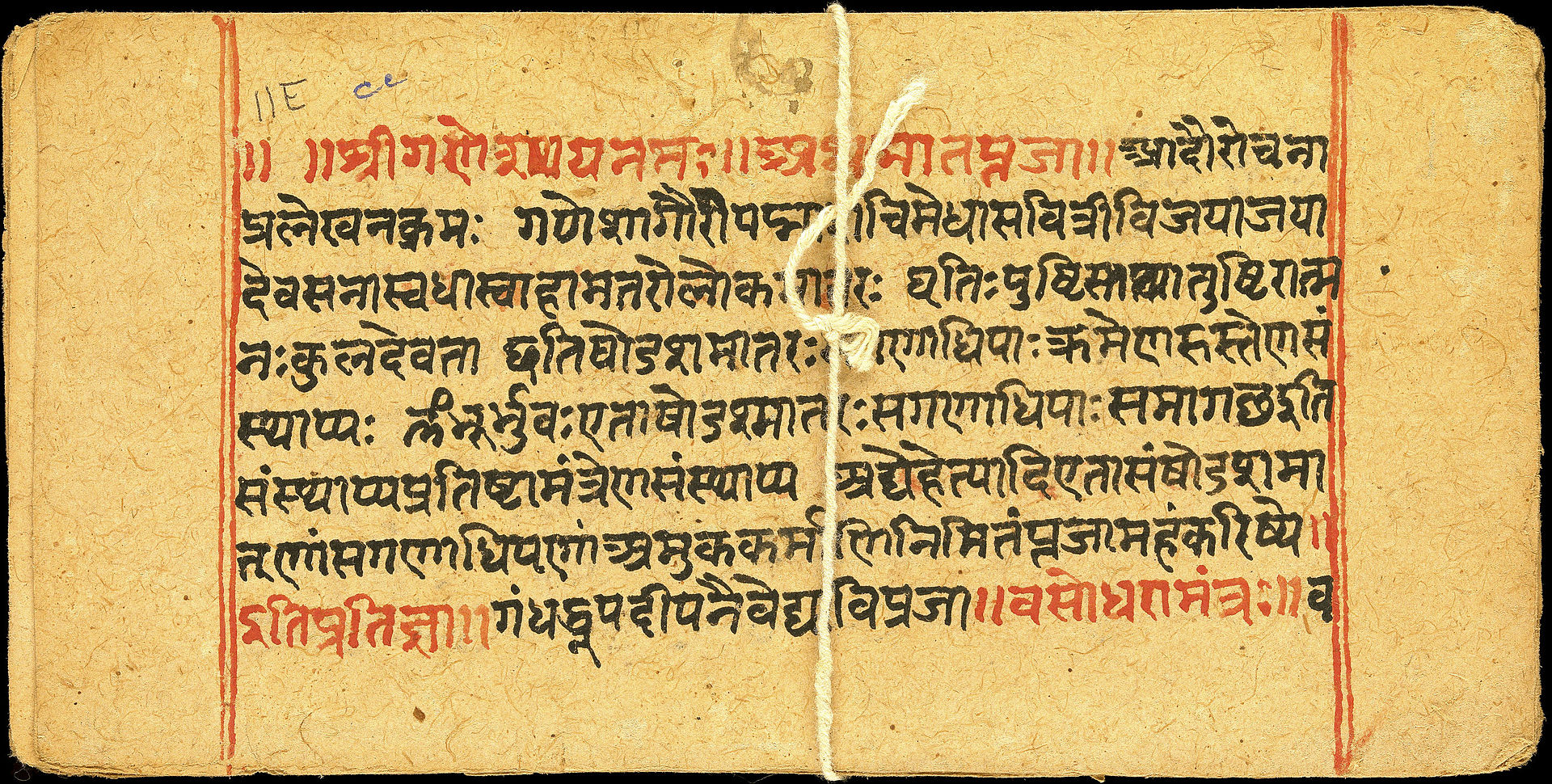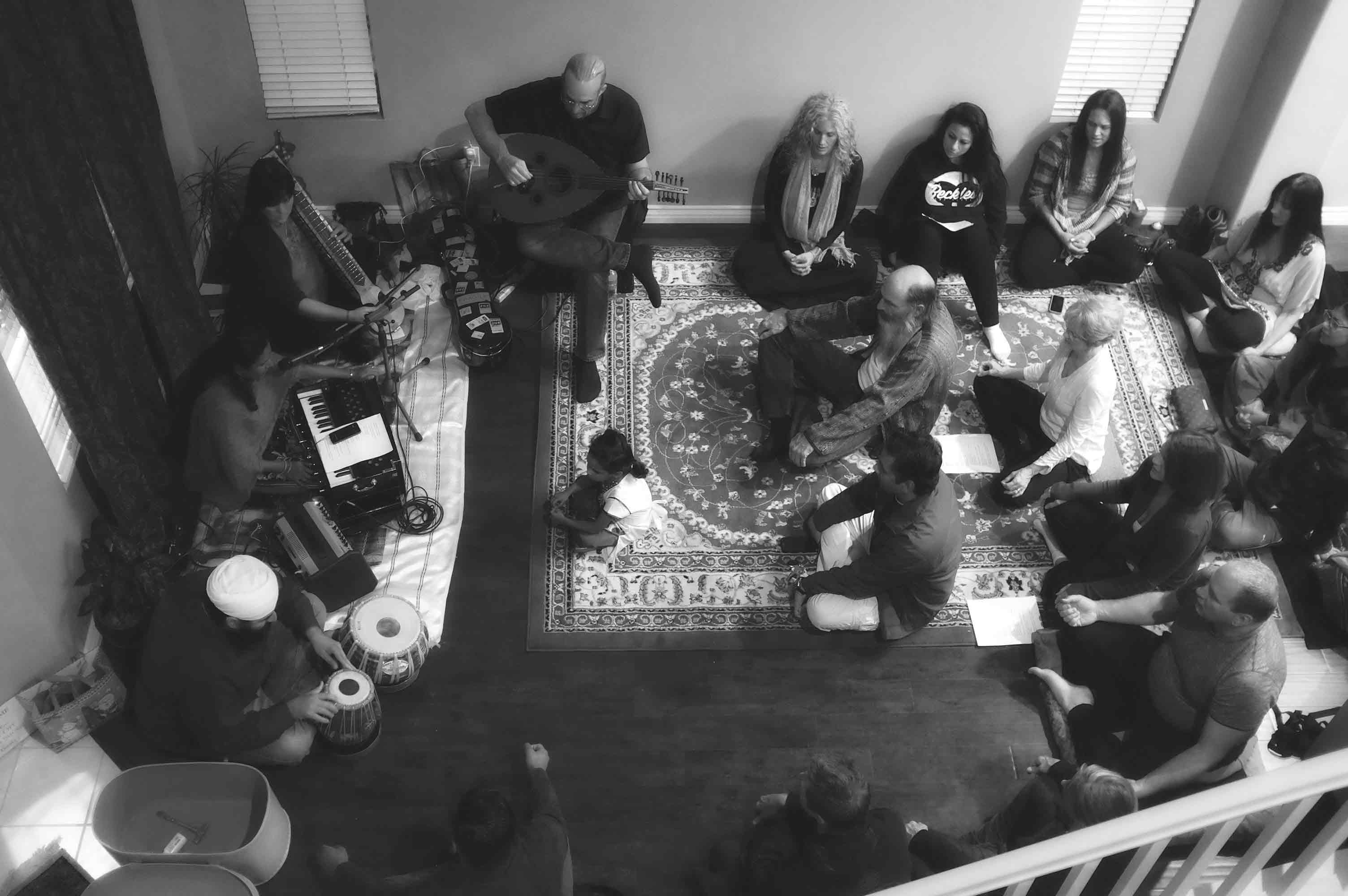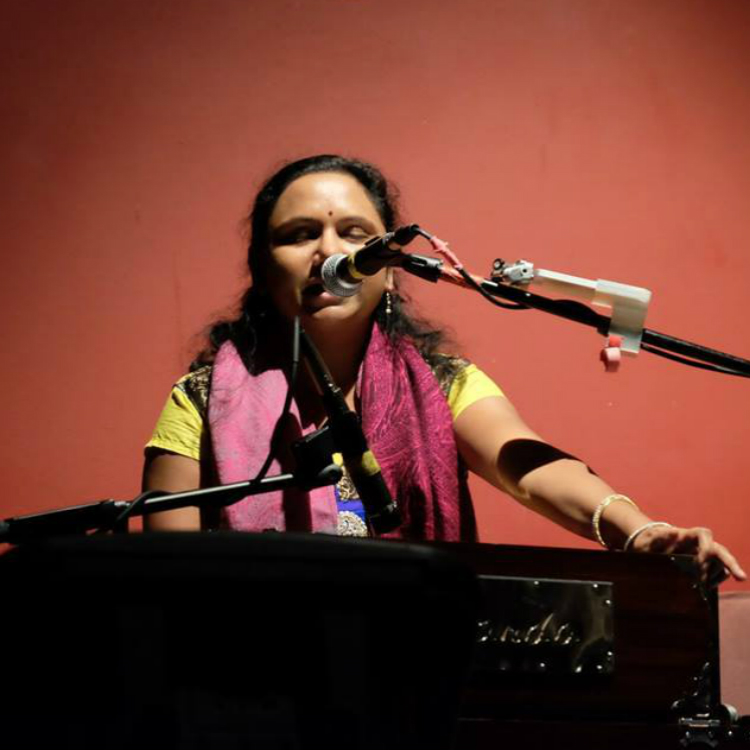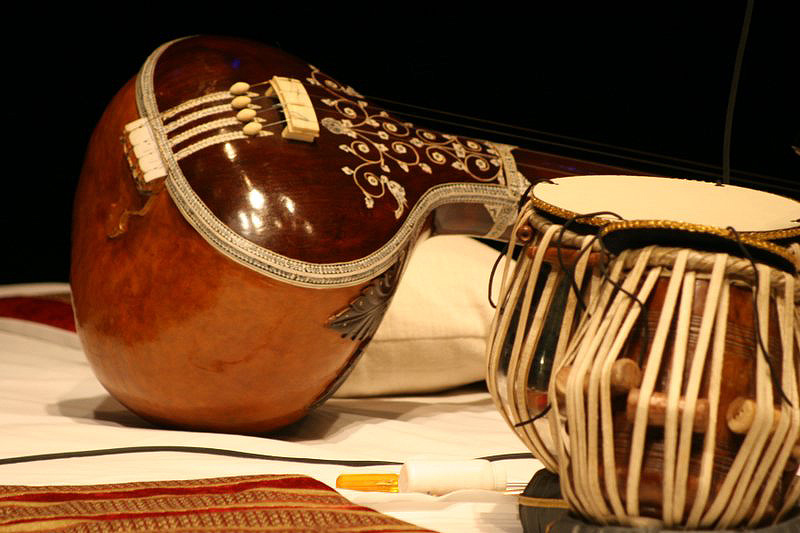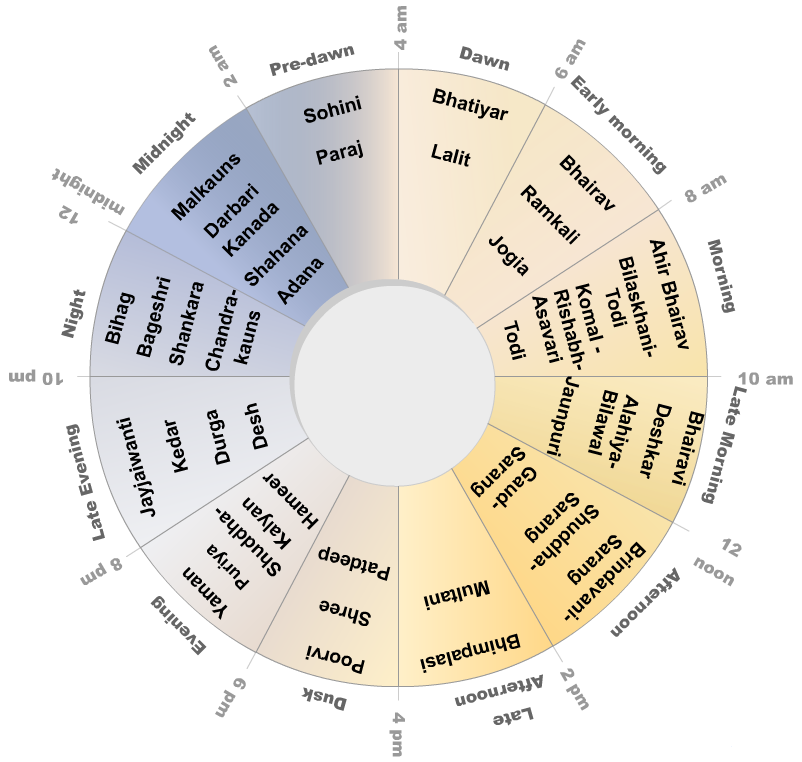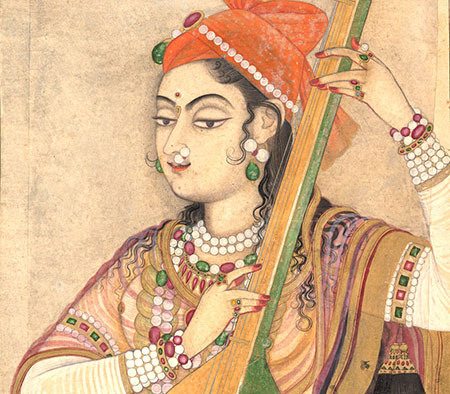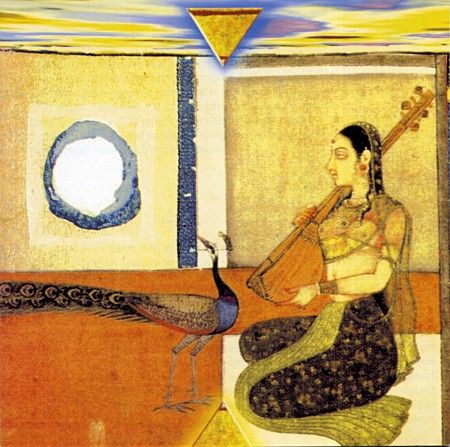I like to write sometimes. “Sometimes” bring the KEY WORD here:) I specially like to write about Music and Kirtans. Indian Classical music is so vast that I feel it helps to read some theory while learning it or even for general appreciation. I also like to write about Kirtans, chants, mantras and their meanings.
This space is reserved for all this and more exciting articles ! Happy reading !
-
What is Sanskrit – a language?
I recently shared an article on Elephant Journal about Kirtan singing and how here in Southern California it seems like
-
Why are people drawn to Kirtan
Why are people drawn to Kirtan? For the past years, an increase in the number of people that seem to
-
Science behind Music
What does science say about Kirtan and Chanting? Is there any scientific research to prove all the claims made by Kirtan
-
Benefits of Kirtan singing
Kirtan singing and chanting involves Yoga of Sound. Kirtan is an ancient technique that connects us to our inner selves, the
-
Kirtan in Los Angeles
Kirtan from other side of Pacific- Finding true meaning of Kirtan I still remember that day with overcast bluish-grey sky, sun
-
Raga Classification : Thaats
Ragas can be classified in lot of different ways, some of which I wrote about earlier. Another way of classification
-
Classification of Ragas
Raga can be mistaken for modes or scales of western music but it is neither. A raga is a precise,
-
Notes, Octaves and Scale
In my previous post, I described “Raga” the backbone of Indian Classical Music. Today I would like to delve deeper
-
Intro to Raga
Indian classical music, be it Hindustani (North Indian) or Carnatic (South Indian), is principally based on melody and rhythm. Raga
-
About Kirtans
I come from a very strict Indian Classical music background. However, I LOVE singing Kirtans and sharing my music, singing
